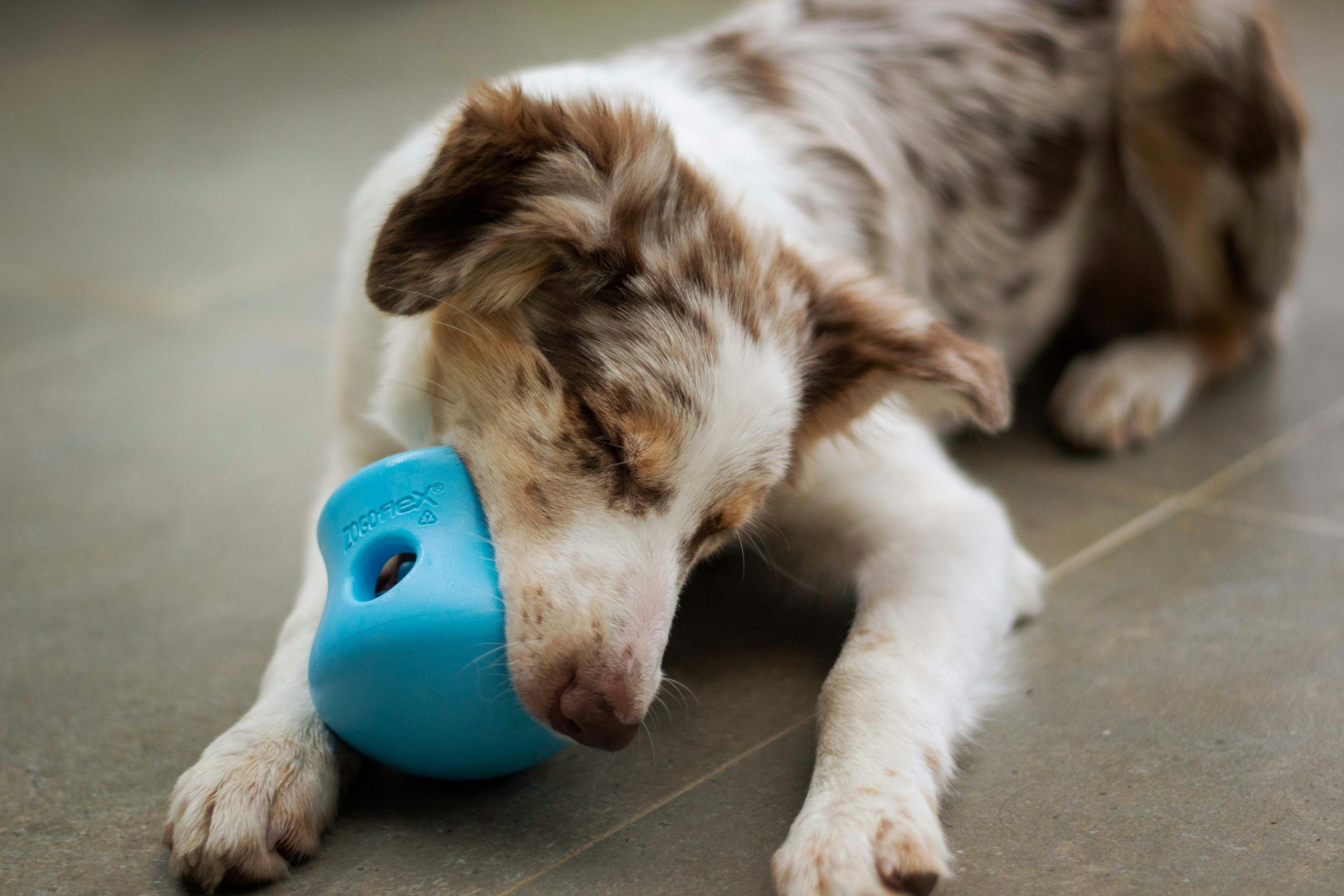Unlocking the Power of Hand Feeding: Strengthen Your Bond with Your Dog
Discover the benefits of hand feeding dogs, enhancing bonding, training, and addressing behavioral issues.
Understanding the Benefits of Hand Feeding Dogs
Hand feeding dogs involves offering food directly from your hand instead of using a bowl. This method not only enhances the bond between the dog and the owner but also creates a more interactive and engaging feeding experience. When dogs are hand-fed, they often associate meal times with positive interactions, which can reduce anxiety and promote a sense of security. For instance, a dog that tends to be anxious during meal times may feel more at ease when it receives food directly from its owner’s hand, leading to a more relaxed feeding environment.
Moreover, hand feeding can be particularly beneficial for dogs that exhibit resource guarding behaviors. By providing food from your hand, you help the dog associate your presence with positive experiences, thereby diminishing the fear of losing their food. This practice can also foster better impulse control as dogs learn to wait patiently for their food, which is a useful skill not only during meals but also in other training scenarios. Additionally, hand feeding can be an effective method for managing your dog’s weight since it allows for precise portion control, ensuring that your dog doesn’t overeat.
Benefits of Hand Feeding
One of the key advantages of hand feeding is the strengthening of the bond between the dog and the owner. This trust-based interaction during meal times can create a more profound connection and improve overall behavior. Hand feeding also enhances impulse control, as dogs must exhibit calm behavior before they receive their food, reinforcing positive actions that can aid in obedience training.
For dogs that are picky eaters or have specific health concerns, hand feeding can serve as a strategy to encourage them to eat. By offering food directly, owners can monitor their dog’s reactions and adjust feeding methods accordingly, thus promoting a more enjoyable meal experience. Additionally, hand feeding provides an opportunity for training, allowing owners to incorporate basic commands during feeding times. This dual approach not only makes meal times more enriching but also helps prevent issues like bloating, as it encourages slower eating habits.
 Techniques for Effective Hand Feeding
Techniques for Effective Hand Feeding
To hand feed your dog effectively, start by holding the food in your hand and encourage your dog to take it gently. This encourages controlled eating habits and allows you to monitor how much they consume at each meal. Using a calm and encouraging voice can create a positive atmosphere, especially for dogs that may be fearful or anxious. It’s important to gradually increase the complexity of any commands or tricks that your dog performs before receiving food, which can enhance overall training effectiveness.
Incorporating short training sessions during feeding can also reinforce good behavior and obedience. For example, you might ask your dog to sit before offering a treat, which can help instill discipline and focus. Additionally, experimenting with different types of treats during hand feeding can reveal which ones motivate your dog the most, thereby enhancing their engagement in the process. Reach out to our dog trainers at Albany Off leash K9 Training for advice on how to approach this if you are unsure.
 Hand Feeding Puppies
Hand Feeding Puppies
Hand feeding is particularly beneficial for puppies, as it mimics their natural instinct to nurse from their mother, thus aiding in bonding. When hand feeding puppies, it’s advisable to start with small, frequent feedings, possibly up to five times a day, to maintain their interest and motivation. Incorporating simple training behaviors, such as teaching them to come to you for their food, encourages engagement and responsiveness while they eat.
Furthermore, hand feeding serves as a fantastic tool for socialization. By introducing puppies to various people and environments during meal times, you can help them become more comfortable and confident in different situations. As the puppy matures, gradually reducing the frequency of feedings can help transition them to a more standard feeding schedule while still maintaining the benefits of training and bonding.
Hand Feeding for Behavioral Issues
Hand feeding can be a powerful tool for addressing behavioral issues in dogs, particularly those related to anxiety or fearfulness. By establishing a structured feeding routine, dogs can feel more secure, which often reduces anxiety during meal times. This method is especially effective for training dogs that may exhibit aggressive behaviors or fear, helping them associate food and positive experiences with human interaction.
In addition to improving socialization for shy dogs, hand feeding can also serve as a reward for desired behaviors, reinforcing positive actions while reducing negative ones. For instance, if a dog that typically avoids meals begins to eat when hand-fed, this can signal a positive change in behavior and a healthier relationship with food.
Hand Feeding vs. Bowl Feeding
When comparing hand feeding to traditional bowl feeding, hand feeding encourages dogs to engage more actively with their meals. This approach enhances responsiveness and attention compared to simply eating from a bowl. Bowl feeding can sometimes lead to rapid consumption, whereas hand feeding promotes slower eating habits that can be beneficial for digestion and overall health.
A mixed approach, where owners alternate between hand feeding and bowl feeding based on the dog’s temperament or specific needs, can also be effective. For dogs prone to resource guarding, hand feeding can help establish the owner as the primary source of food, thereby preventing competition with other pets. This method not only aids in controlling eating pace but also helps foster a more positive feeding experience overall.
Hand Feeding Tips and Best Practices
Establishing a consistent feeding schedule is crucial for creating stability and routine for your dog when implementing hand feeding. Using high-value treats during these sessions can maintain motivation and interest, particularly for training purposes. It’s essential to monitor your dog’s reactions to hand feeding; if they show signs of anxiety or fixation on your hands, it might be necessary to adjust your approach.
Maintaining a calm environment during feeding times can minimize distractions and promote better focus on the meal. Keeping feeding sessions brief and enjoyable will help prevent frustration and maintain your dog’s interest in hand feeding. By following these best practices, you can make hand feeding a rewarding experience for both you and your dog, enhancing your bond and improving their behavior.


